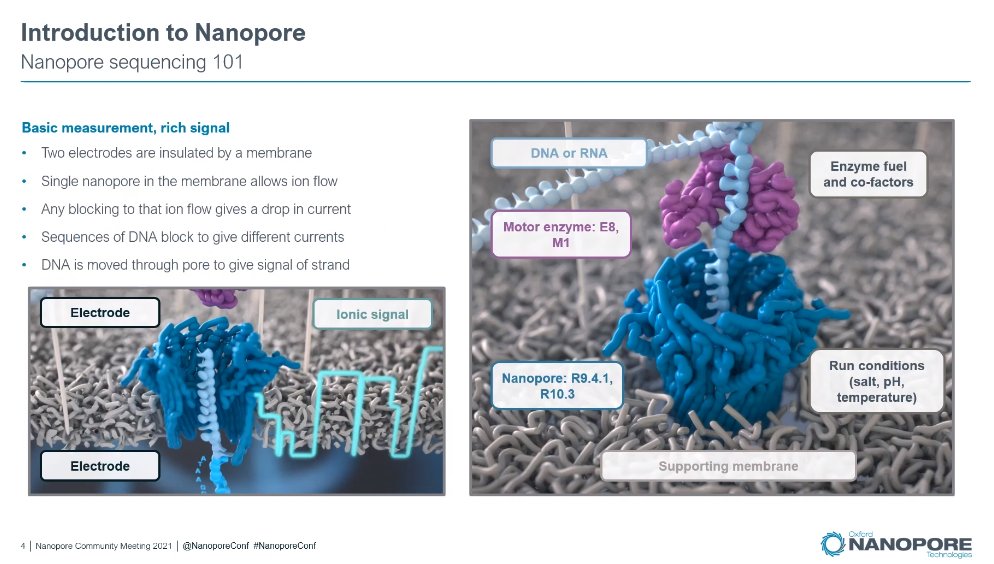
Quick history of @10xGenomics products:
=== Linked-Reads Chromium Genome and Exome ===
10x Genomics started as a company by selling instruments and reagents for their Linked-Reads method to generate long synthetic DNA reads out of short-read readouts such as those from Illumina SBS sequencers.
10x Genomics started as a company by selling instruments and reagents for their Linked-Reads method to generate long synthetic DNA reads out of short-read readouts such as those from Illumina SBS sequencers.
These Linked-Reads were useful for de novo genome assembly applications, where the length of the reads is crucial to produce long assembled sequences. As of June 30, 2020, the company discontinued the sale of the Chromium Genome and Exome product lines.
=== Single Cell Gene Expression ===
Later on, 10x Genomics started selling Single-cell transcriptomics reagents for their Chromium instrument. These would generate libraries ready for sequencing in short-read NGS sequencers, and after data analysis, ...
Later on, 10x Genomics started selling Single-cell transcriptomics reagents for their Chromium instrument. These would generate libraries ready for sequencing in short-read NGS sequencers, and after data analysis, ...
they produce a single-cell profile of the expressed mRNAs across a population of cells.
This product line continued to grow, including adaptations of the methodology to obtain 5'GEX as well as the original 3'GEX transcriptomes out of the Chromium microfluidics encapsulations.
This product line continued to grow, including adaptations of the methodology to obtain 5'GEX as well as the original 3'GEX transcriptomes out of the Chromium microfluidics encapsulations.
Other adaptations included the Single Cell Immune Profiling kits, which with the help of specific primers would only adapt and amplify specific mRNA chains (e.g. BCR or TRC amplification) either from a defined subset or via a custom panel of genes that the customer could order.
Furthermore, other kits of the same Single Cell Chromium technology were released, e.g. for Multiome ATAC profiling alone or in combination of the Gene Expression methods.
=== Spatial Gene Expression ===
Through a combination of internal technology development and strategic acquisitions, the company positioned itself in the Spatial Gene Expression market (a.k.a. spatialomics) with their Visium product line,
Through a combination of internal technology development and strategic acquisitions, the company positioned itself in the Spatial Gene Expression market (a.k.a. spatialomics) with their Visium product line,
both for Targeted Gene Expression and and Whole Transcriptome.
As a parallel effort in the Visium product line, the company developed a Xenium product line. The new Xenium platform is a single molecule RNA and protein platform ...
As a parallel effort in the Visium product line, the company developed a Xenium product line. The new Xenium platform is a single molecule RNA and protein platform ...
offering subcellular resolution for pre-designed and custom panels.
(I originally wrote this as a @Wikipedia edit to the en.wikipedia.org/wiki/10x_Genom… but got dropped as unsourced).
Whole Transcriptome.
• • •
Missing some Tweet in this thread? You can try to
force a refresh











